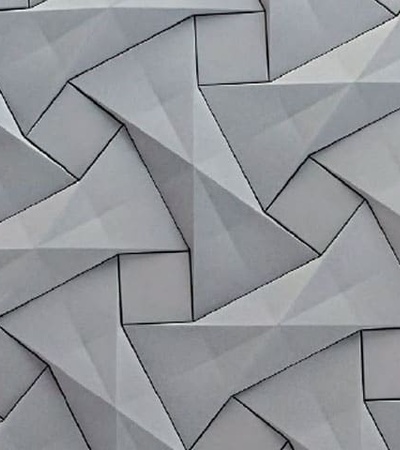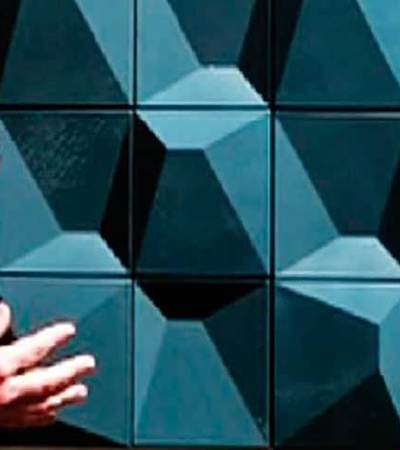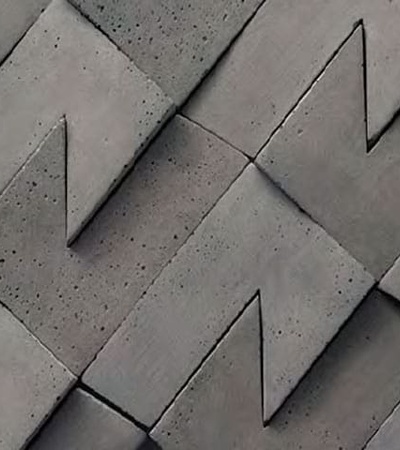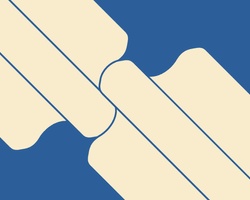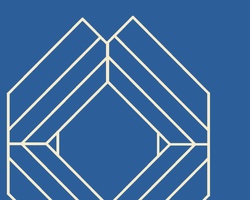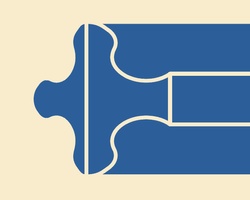
Breakwaters are structures constructed along coastlines to slow down erosion and protect an anchorage from the effects of both harsh weather and longshore drift. Made up of three-dimensional units that must be able to stack up on top of each other in order to cover an angular surface, a breakwater must also be just as articulated so that it can intercept and break up waves. By exploring three-dimensional stacking and tiling, this assignment requires that each team creates one unique design for a breakwater unit.
INSPIRATION
INSPIRATION
We looked for inspiration from other examples of interlocking cement shapes and tiles, with the largest issue being that they typically were designed not to have any spaces in between them.
QUADILIC KAZA CONCRETE DESIGNED BY ILAN GARIBY
GALERIA DE AZULEJO CZECH BY CORREIA RAGAZZI ARQUITECTOS
THE TONK PROJECT THE "DIZZY" EFFECT
2D DRAWING
2D DRAWING
Our work method and the way we came up with the final shape was by playing around with sketches and our 3D modeling software until we created a shape that allowed water to pass through while preventing waves from hitting the shore.
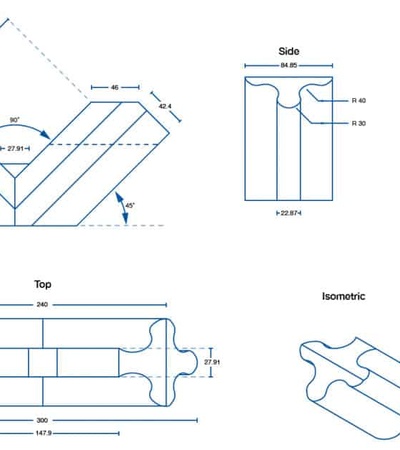
GIF SEQUENCE
GIF SEQUENCE
By learning the strengths and weaknesses of each model, we were able to come up with a model that worked for this project with the help of multiple iterations and the use of 3D printing. The project has taught us about the correct work method to use and what capacity is needed to visualize items in a 3D space. It was an extremely challenging project and the ability to stack and visualize in three dimensions is a very useful skill for any kind of designers.

MOCK UP
MOCK UP

